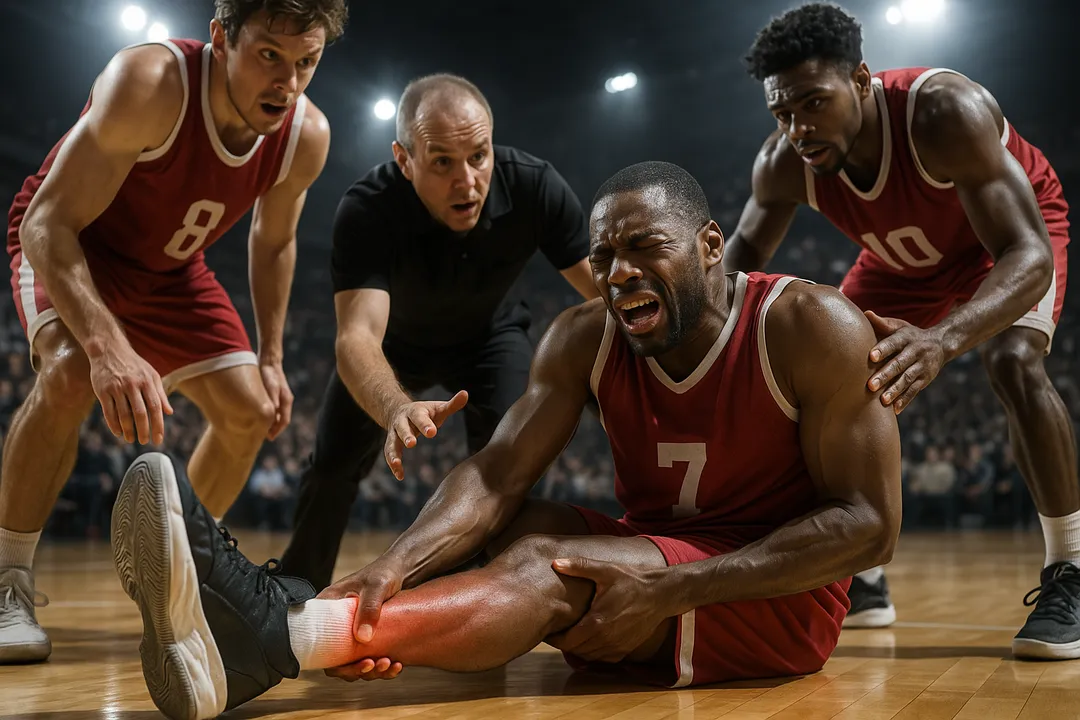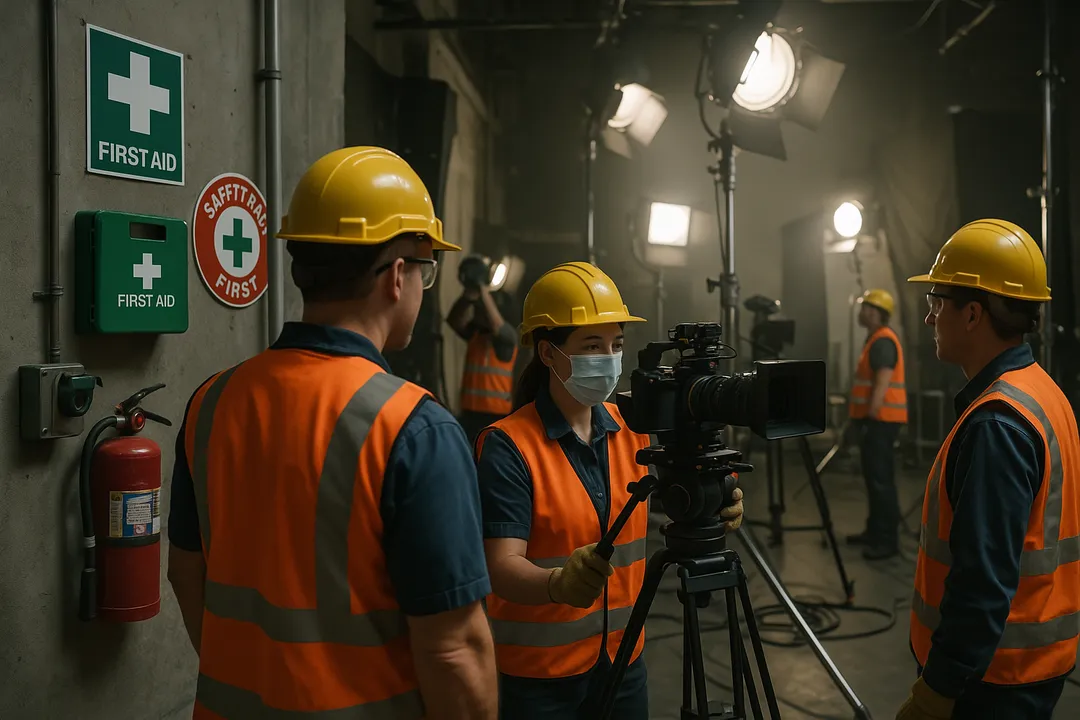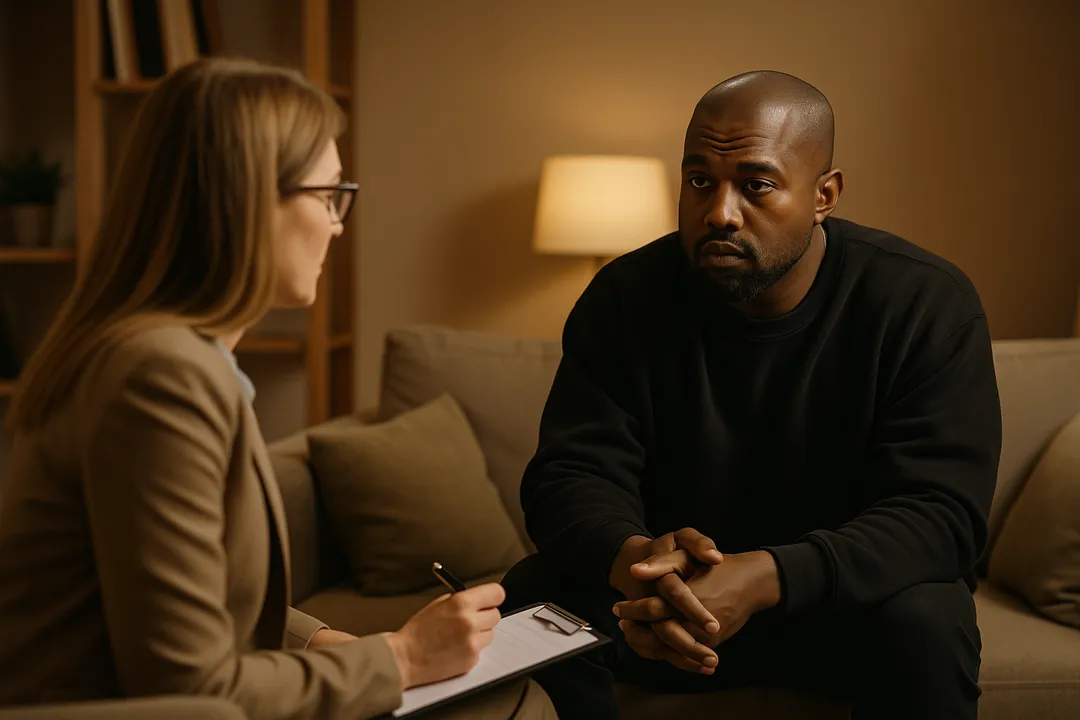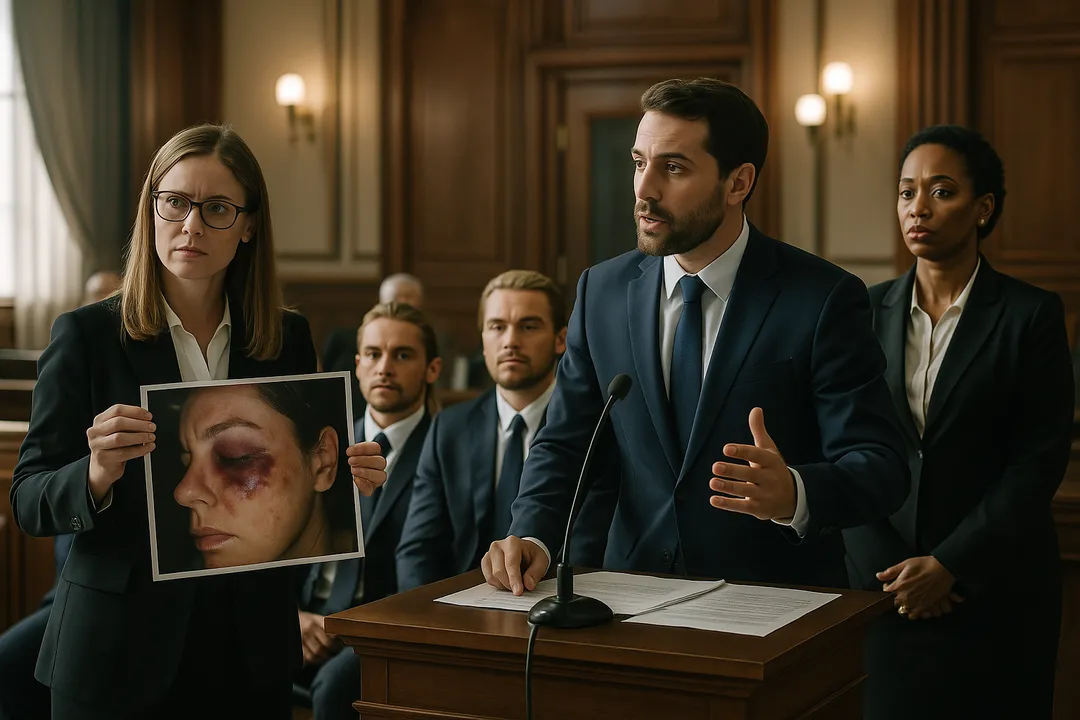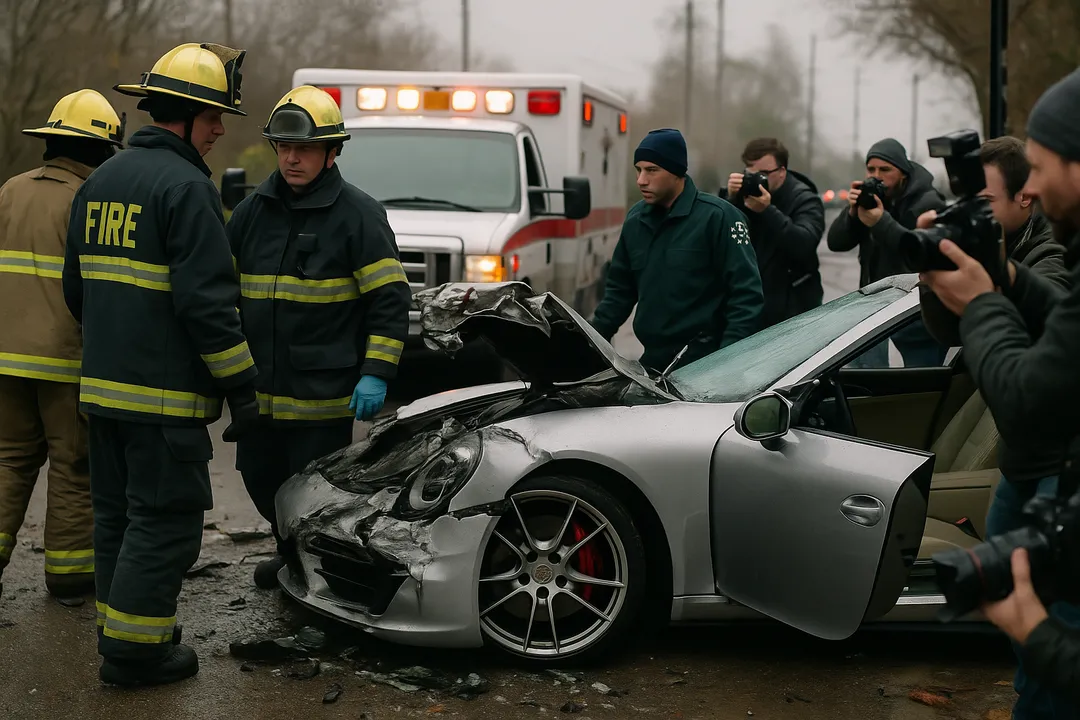The devastating Achilles injury suffered by Tyrese Haliburton during Game 7 of the NBA Finals represents one of the most feared injuries in professional sports—a career-altering trauma that can end promising athletic careers and trigger complex legal and financial consequences. Haliburton’s injury, which occurred during a crucial moment in the championship game, exemplifies the intersection of athletic performance, medical science, and legal liability that defines modern professional sports.
Achilles injuries have ended or significantly altered the careers of numerous professional athletes, from basketball stars to soccer players to runners. The legal and financial implications of these injuries extend far beyond the immediate medical treatment, encompassing questions of team liability, insurance coverage, and long-term career protection that affect athletes, teams, and the broader sports industry.
The Medical Reality of Achilles Injuries
Achilles tendon ruptures represent one of the most serious non-contact injuries in sports, often occurring during explosive movements that are fundamental to athletic performance. The injury typically results in immediate, severe pain and complete inability to bear weight, making it unmistakable when it occurs during competition.
The recovery process for Achilles injuries is lengthy and uncertain, typically requiring surgical repair followed by months of rehabilitation. Even with optimal treatment, many athletes never return to their pre-injury performance level, making these injuries particularly devastating for professional careers.
The psychological impact of Achilles injuries can be as significant as the physical trauma, with many athletes reporting anxiety about re-injury and changes in their playing style that can affect performance. This psychological component adds complexity to both medical treatment and legal proceedings related to these injuries.
Legal Framework for Sports Injury Liability
Professional sports injuries like Haliburton’s Achilles rupture occur within complex legal frameworks that govern the rights and responsibilities of athletes, teams, and medical professionals. As explored in our analysis of how personal injury law applies to public figures, celebrity athletes face unique legal considerations when injuries occur.
The doctrine of assumption of risk plays a significant role in sports injury cases, with courts generally recognizing that athletes voluntarily accept certain injury risks inherent in their sports. However, this assumption of risk does not extend to injuries resulting from negligent medical care, unsafe playing conditions, or violations of safety protocols.
Team liability for player injuries can arise in various circumstances, including inadequate medical care, pressure to play through injuries, or failure to maintain safe playing conditions. These liability theories require careful analysis of the specific circumstances surrounding each injury and the applicable legal standards.
Insurance Implications and Financial Protection
The financial implications of career-ending injuries like Achilles ruptures are enormous for professional athletes, potentially involving millions of dollars in lost earnings and career opportunities. As detailed in our comprehensive guide to the role of insurance in high-profile injury cases, sports insurance is a critical component of athlete financial protection.
Professional athletes typically carry multiple insurance policies, including disability coverage, career-ending injury protection, and loss of value insurance that protects against draft position changes due to injury. The interaction between these policies can be complex, particularly when injuries occur at crucial career moments like championship games.
The timing of Haliburton’s injury—during the NBA Finals—adds complexity to insurance considerations, as the injury occurred during the highest-stakes moment of his career. The potential impact on his future earning capacity and career trajectory makes this a particularly significant insurance case.


